The View from the hill 31st May 2023
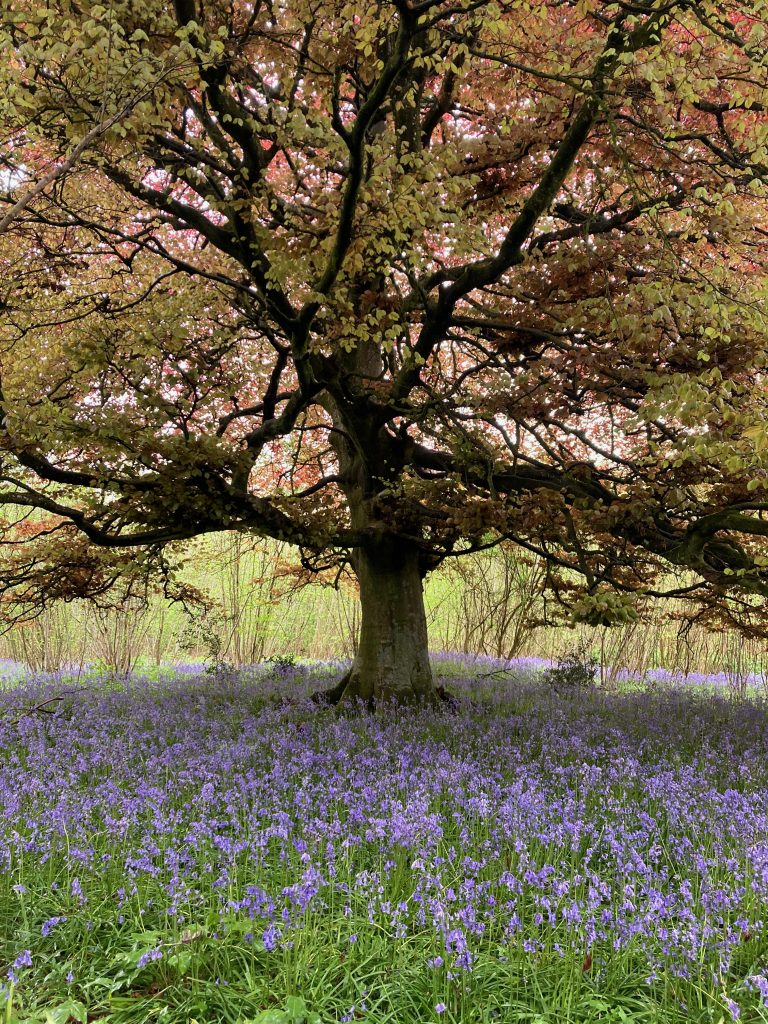
So much has happened since I last wrote, the bluebells have been, beautiful, and gone, as have the wild garlic carpets, the rape completed its flowering, Dougal and Jules cycled from Land’s End to John O’Groats to celebrate their birthdays, and only got wet twice, the last calves were born, the bulls are now doing what bulls do, our 11 ewes started lambing on 5th May, producing 19 lambs, and today they finished (2nd June).
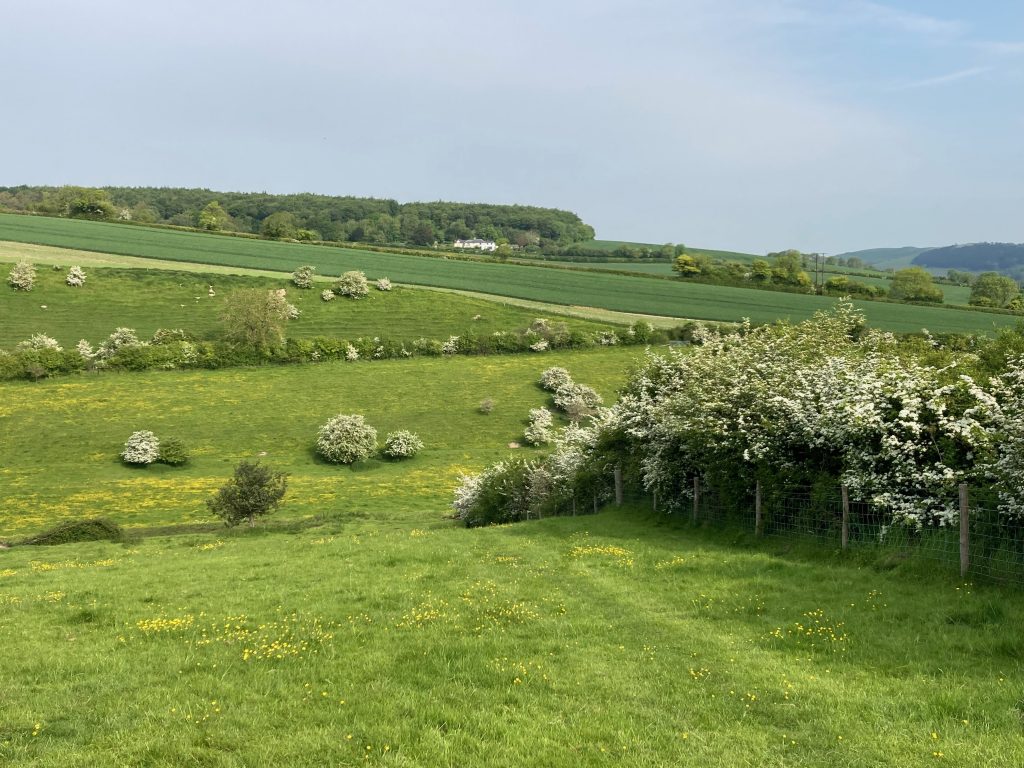
What a fabulous May it has been, flowers everywhere, cowslips in the fields, the May blossom (hawthorn) in the hedgerows has been amazing, often hemmed by cow parsley on the verges, followed this week by ox-eye daisies popping out in our arable flower margins. To add to the pleasure I have discovered a birdsong app: Merlin Bird ID, which is a must if you want to try learning who is singing at you every day. It is free, and remarkably effective. It records the cacophony of songs we often hear at this time of year, and disentangles them instantly listing each species as it sings, it can be played back so you can try to learn the individuals. One day last week I found a Corn Bunting and a Yellowhammer in the same place, which I would never have known otherwise.
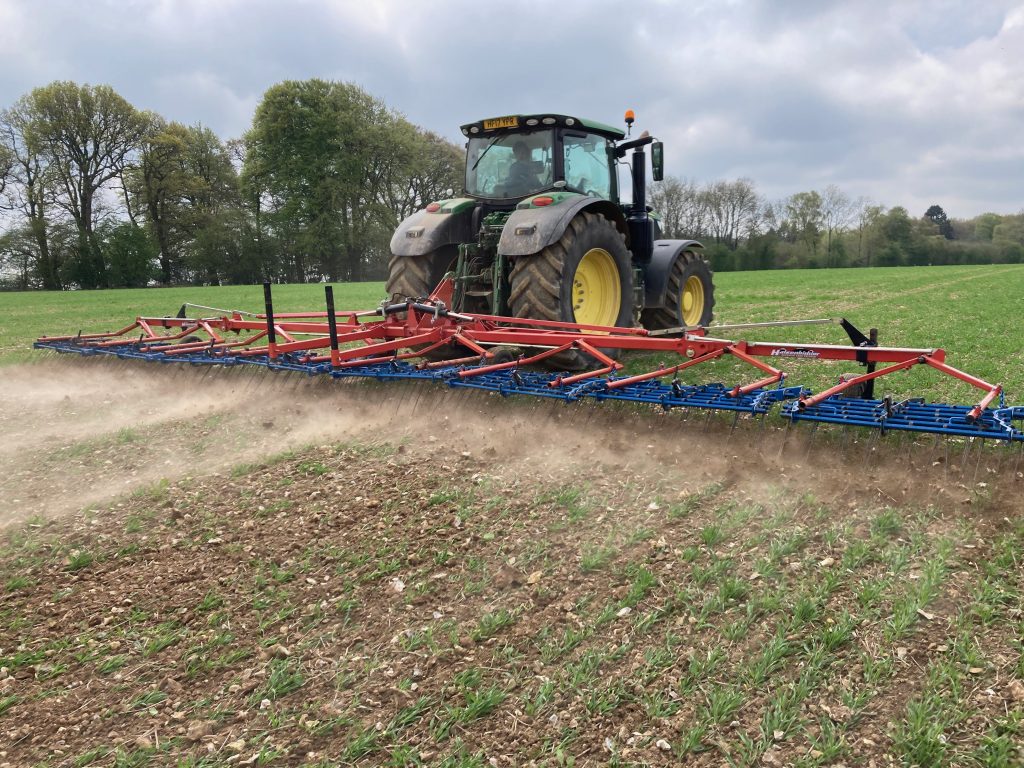
Here is Fred raking a field of spring barley a few weeks ago, we had spread some clover seed onto the soil between the growing barley plants, then needed to incorporate it into the soil surface. Then the field was was rolled to keep the moisture in. This is experimental, and we fear it has already failed. The rake was supposed to remove some of the weeds as well, but that wasn’t terribly successful, so within a week, hoping it was before the clover germinated, we ran over the field with a weedkiller to take out the volunteer rape, cleavers and a few other things. Not much clover is apparent, do we blame the dry weather or the weedkiller ? We are trying to establish a living mulch of clover that will live in the bottom of the crop, fixing nitrogen and helping to shade out weeds, with the idea that we will sow the following crop into it and the clover continues into the next season, reducing the need for future weedkillers. The diversity of different species growing at the same time should be good for the soil, and some extra nitrogen in the system (fixed by the clover) could be useful down the road. Getting clover established in a growing crop is tricky to say the least, the weeds, stones and weather all conspire to challenge the grower.
This and many other wacky techniques were discussed at the Wildfarmed Growers day last week, at Andy Cato’s farm in Oxfordshire. Andy is a leading light with Wildfarmed, and his farm is a test bed of a good many fascinating experiments at field scale. Including co-cropping of various kinds, with inter-row mowing, hoeing and raking as weed control techniques. He was running a hoe in a field of spring wheat with spring beans while we looked on aghast, so many crop plants were being pulled up, as well as the weeds, eventually Andy called off the machine, a steerage hoe with cameras to ensure the hoe tines run between the rows, not in them. There is great scope for this kind of technology, as accuracy and reliability improve, but right now I can’t completely silence a voice in the back of my head which says surely one little dose of weedkiller would be a lot easier, and certainly less of a challenge to any ground nesting birds or more likely their nests, in the field at the time of hoeing or raking?
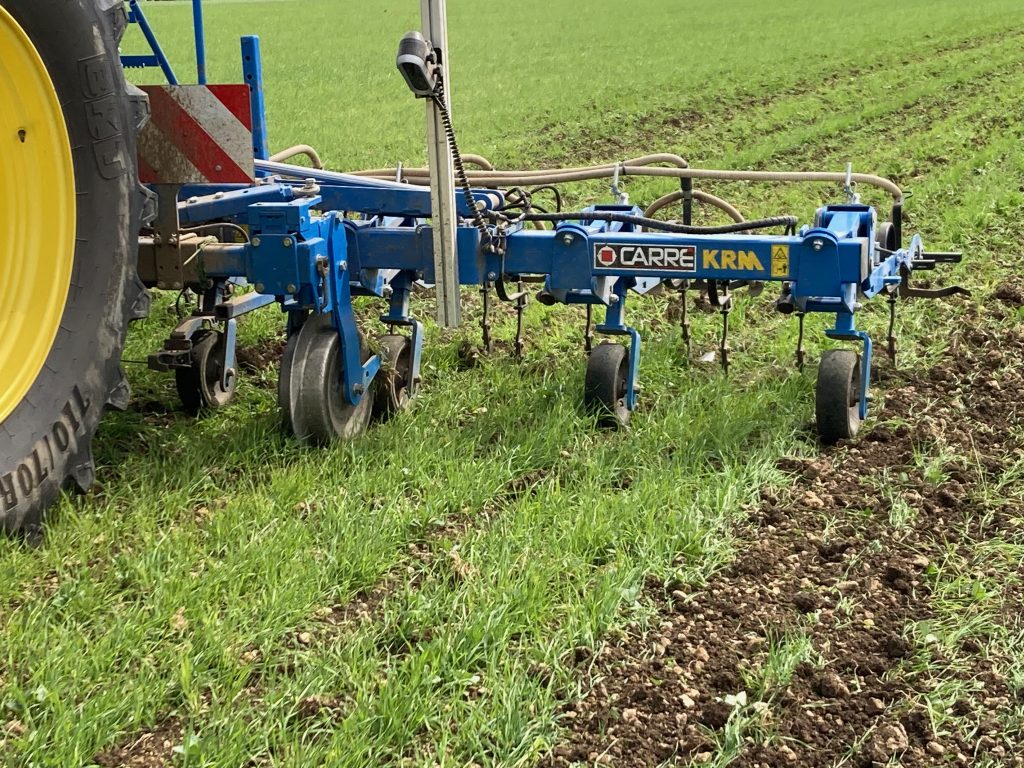
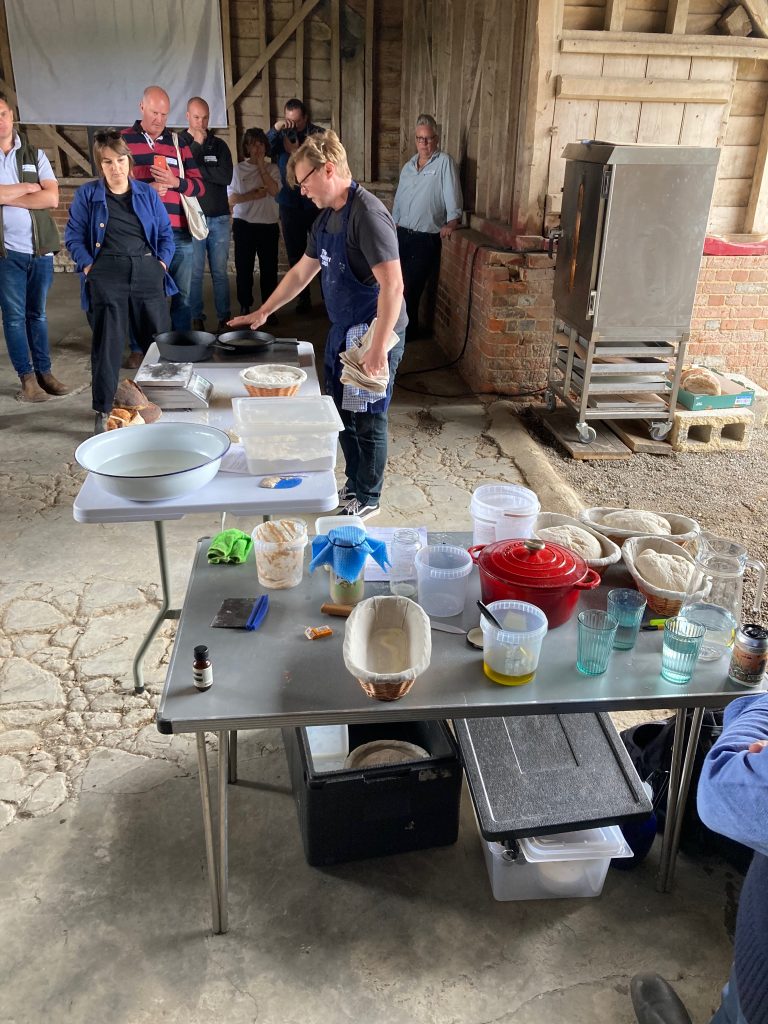
We were also given a bread making demonstration by Richard Snapes of the Snapery Bakery in London, he started by showing us how to create a simple starter. A sourdough starter is a stable mixture of beneficial bacteria and wild yeast that’s maintained with regular refreshments and is used to leaven and flavour dough. It takes the place of the regular yeast that is used in most bread making. The yeast for the sourdough starter is derived from wild yeast spores floating around in the air at the time, which enter the mixture and begin the fermentation. Richard then moved on through the stages of creating loaves, using doughs and finally loaves at different stages that he had prepared earlier. Sourdough bread takes longer to prepare than the Chorleywood process used in most modern mass production bread making. With a longer fermentation, the bacteria in the starter break down much of the gluten in the dough, which can result in a bread more easily digestible, and be more suitable for people with gluten intolerance. We ourselves have recently purchased a small stone grinding mill, and are looking forward to baking with some of our own Wildfarmed wheat flour after harvest.
This talk of bread brings me to the price of food. There has been much talk recently of food price inflation, and even of some mechanism to persuade UK retailers to impose a cap on the price of certain staple foods. I wonder how that would work? The main reason that there are shortages of eggs and other food products in some supermarkets today is because many of those supermarkets are incredibly resistant to raising returns to primary producers such as farmers and horticultural growers, for fear of losing their competitive edge with their fellow retailers. Farmers’ reaction to this when faced with huge costs (energy in particular) and poor prices for their output, is simply to not restock their chicken houses in the case of eggs, or plant up their glass houses in the case of salad veg. Farmers receive only a tiny proportion of the value of the raw materials they produce as it is, so they are not well placed to suffer price reductions. Processors and retailers need to be called out to explain their margins and profit levels. Some kind of mechanism for fairness and honesty in the food chain is required.
UK food is the 3rd cheapest in the world after the US and Singapore, and the proportion of the average income spent on food is between just 10 and 12%, whereas it was very much higher in the past. The Food Security summit held at No 10 a couple of weeks ago nibbled around the edges of the problem, but didn’t come up with much of substance. We will still face uncertainty whilst rampant profiteering is allowed to continue, at the expense of the environment, the producer and in defiance of common sense.
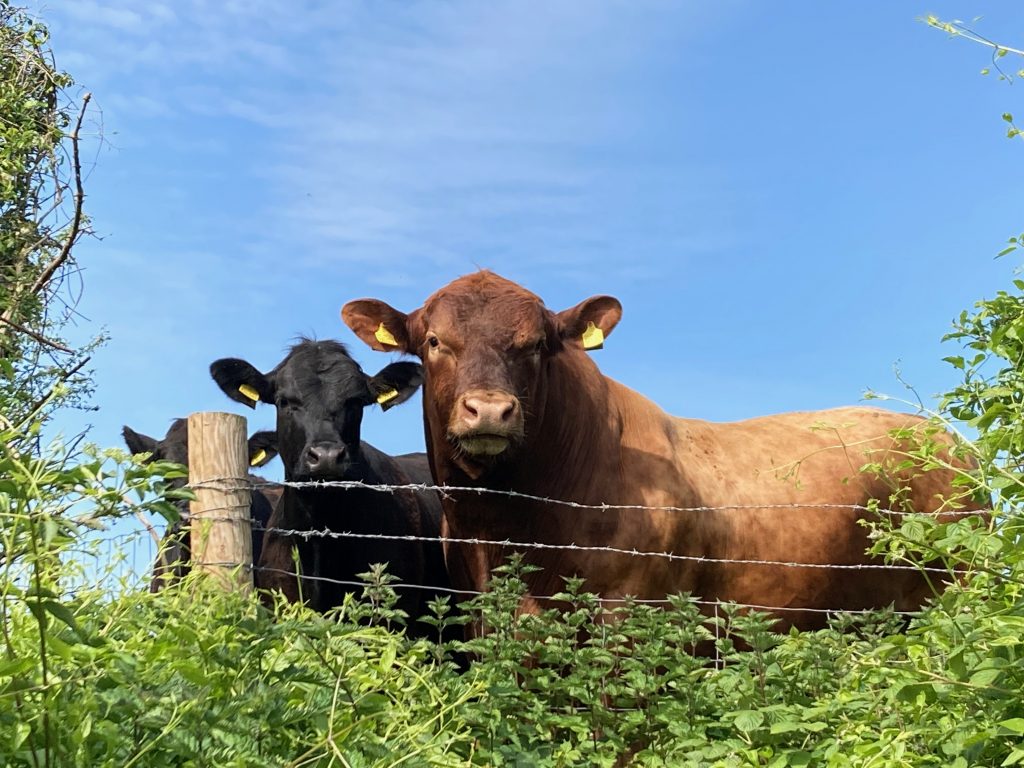
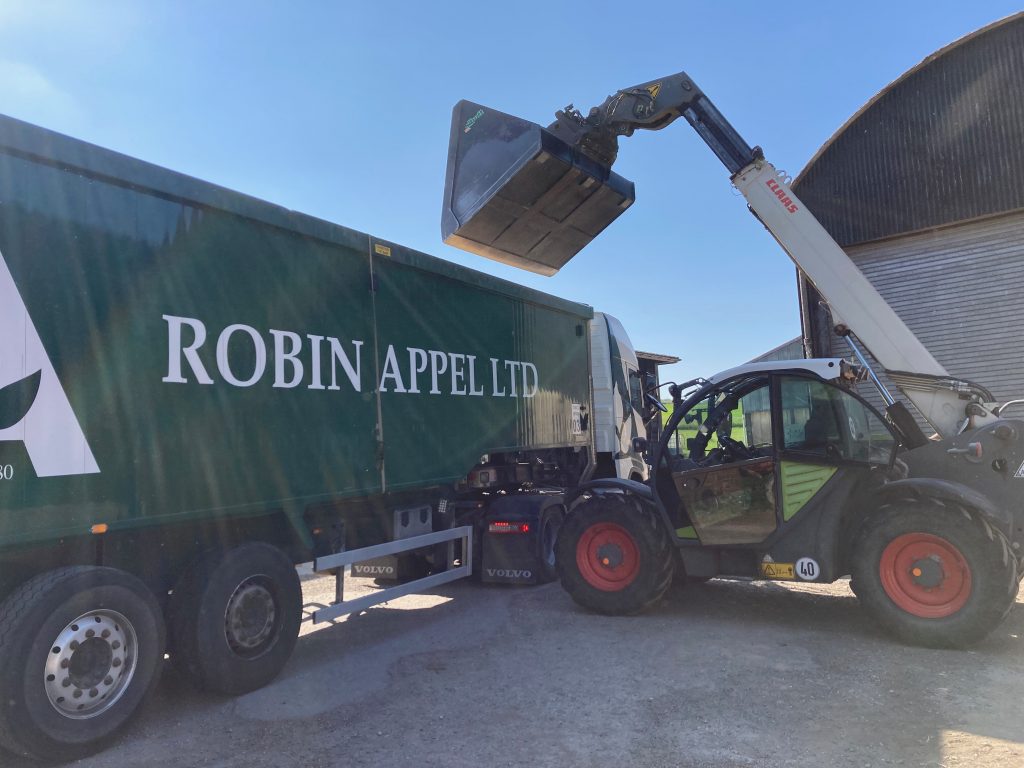
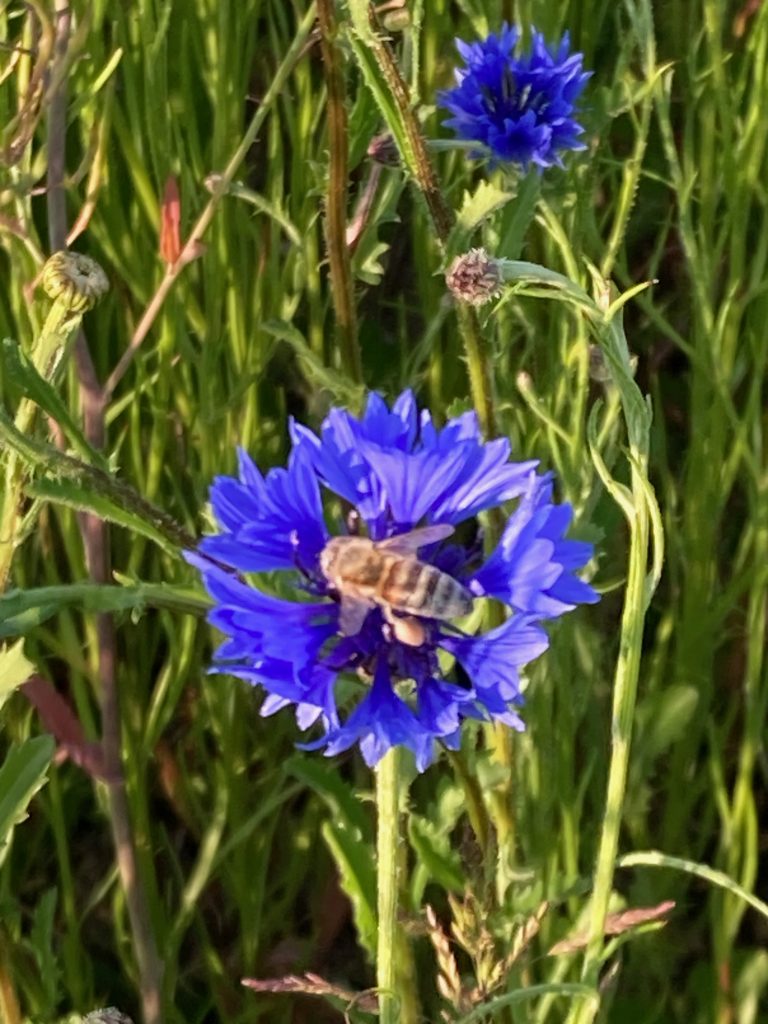
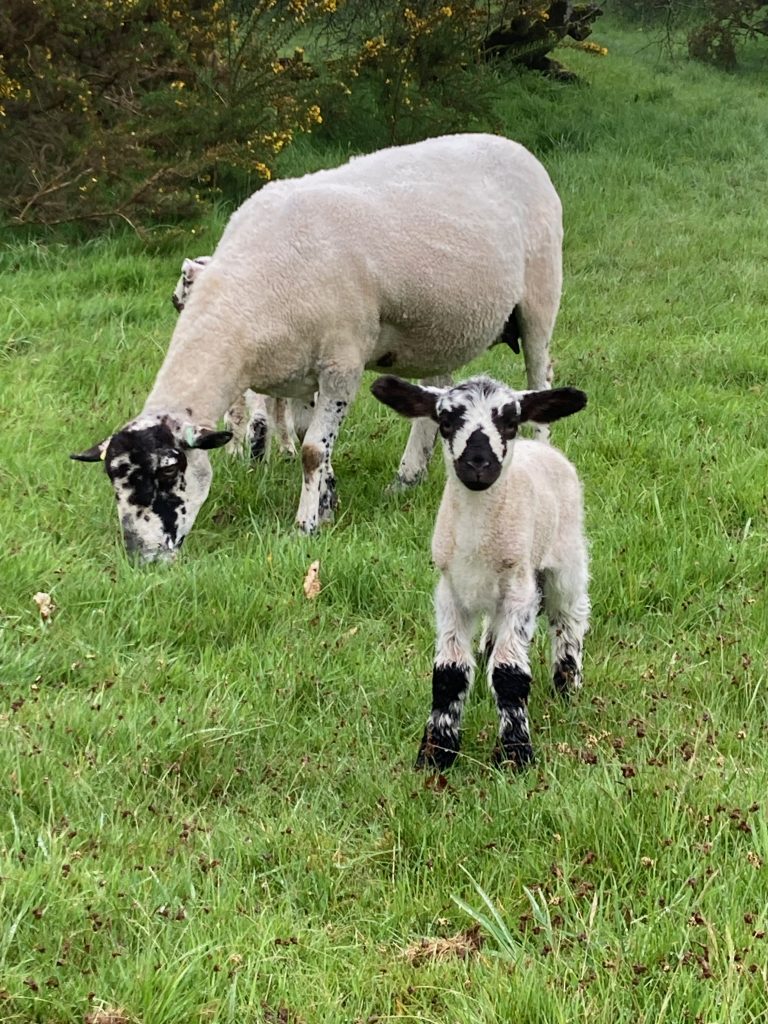
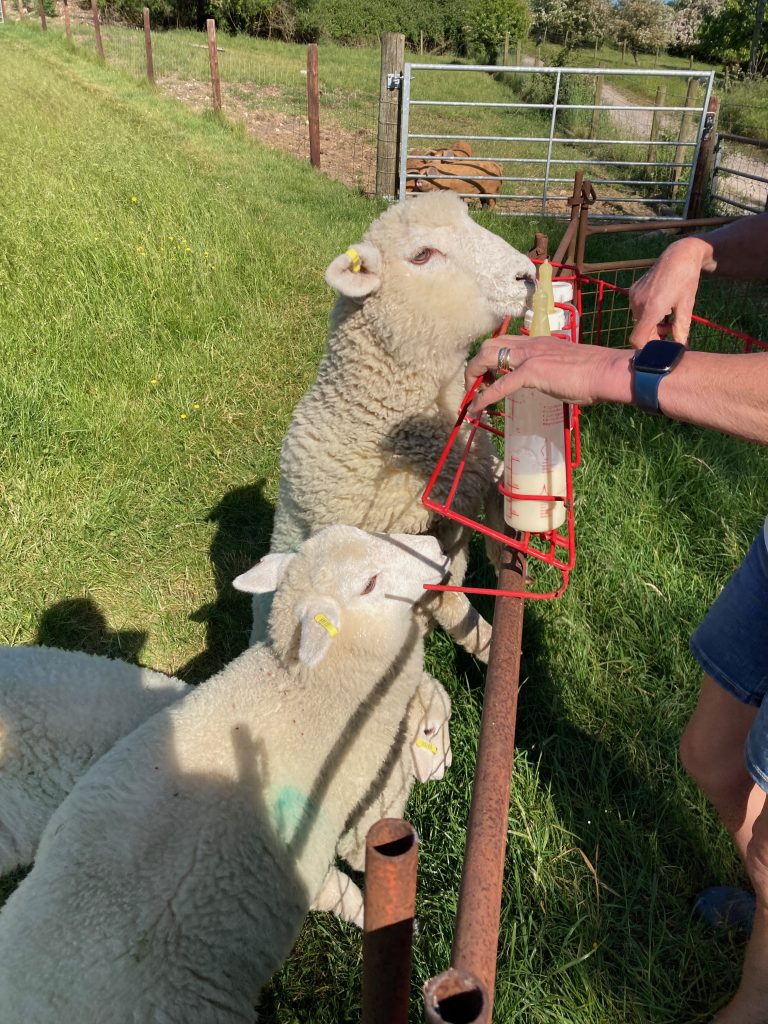
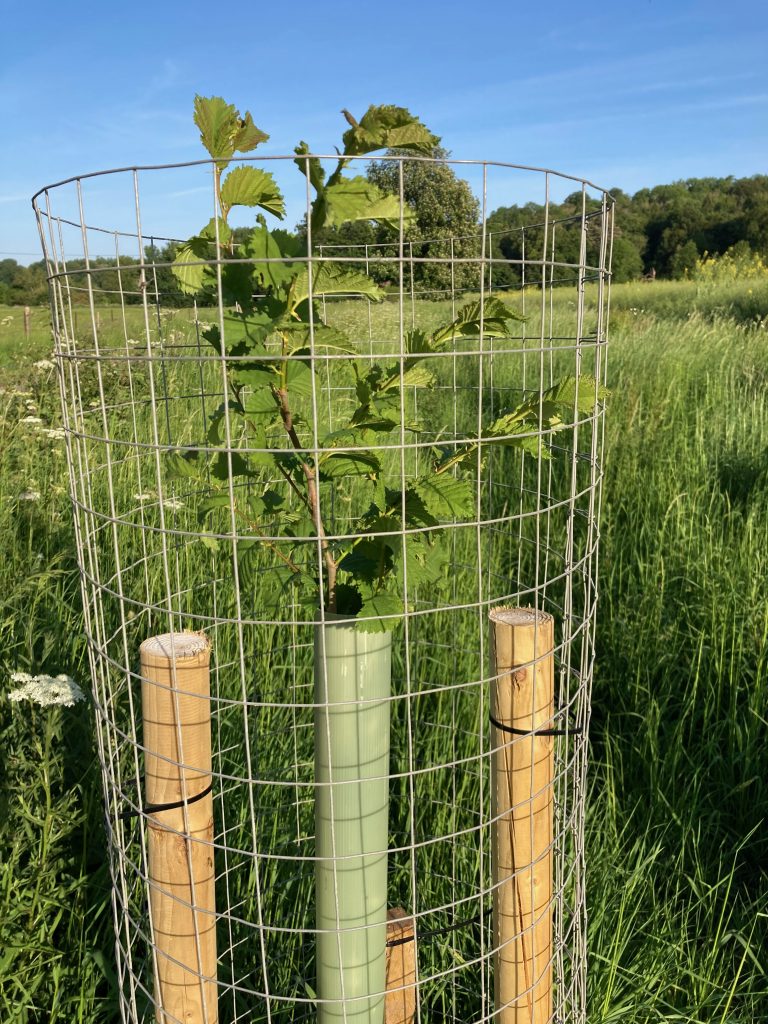
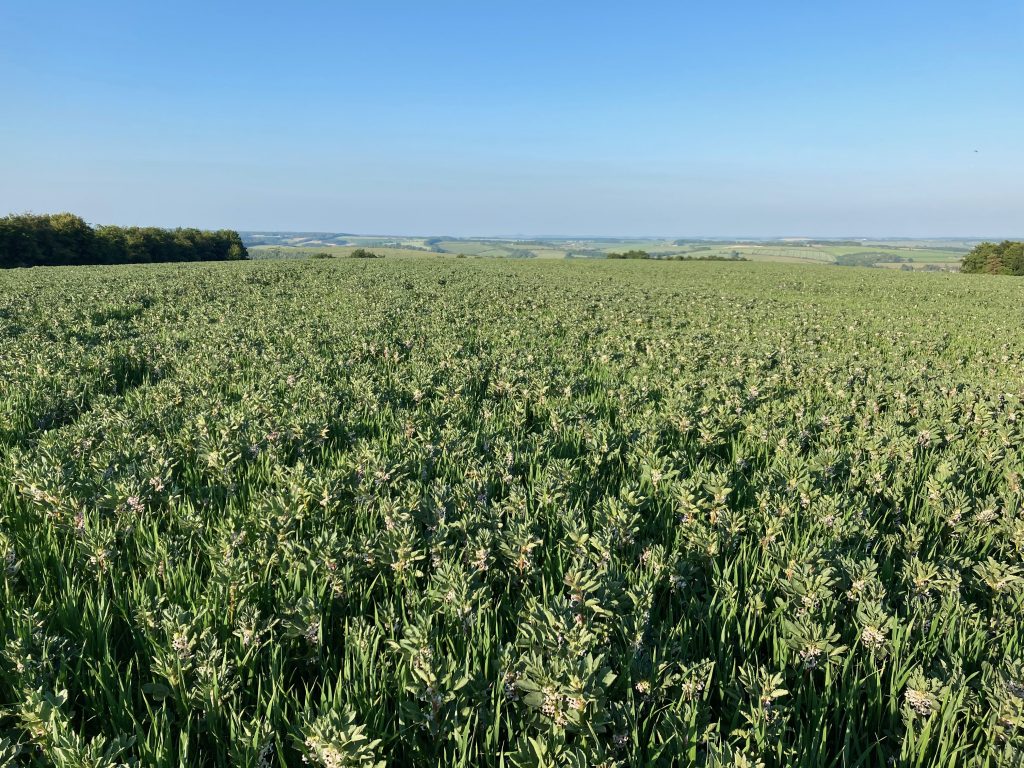
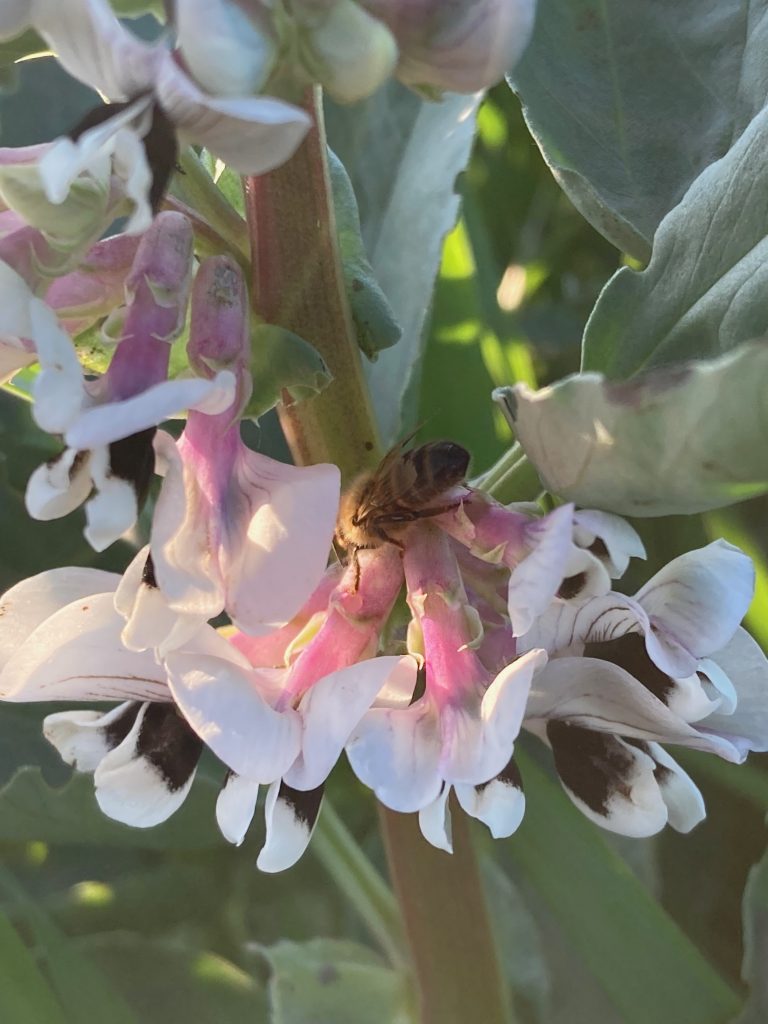

Good stuff George.
The production cycle of the arable crops is so long that we have to plant our crops in the hope that they will produce a profit in, say, 18 months time. Poultry and salad vegetables are much closer to the market in terms of time scale – a mere 7 weeks or so in the case of broiler chickens for instance and therefore farmers can react to the market much more quickly.
Livestock farming, particularly beef production is at a much longer timescale – 3 years (almost) from mating a cow until the offspring is ready for market on the grass fed scheme and so ‘going in and out’ of beef production is much more risky particularly with the prospect of antipodean beef raised under conditions illegal in the UK coming over here soon.
Would the avaerage member of the public go to work today wondering whether they were going to be paid in 3 years or not?
Sorry, bit of a whinging farmer soap-box. It is a lovely day and I am not stuck in an office, just got another 12 hours work to do.
Dear George,
Again,pictures capturing the essence of May,especially for the non farmers in your readership.As a consumer I find myself impotent to counter or rail against the behemoths of the retail industry….save in my choices. Where is my avenue for voicing,or better still begin to etch away at the stranglehold in which you and fellow food producers are currently suffering…………preferably avoiding imprisonment.There is a great number of similar people…stuck to know what to do.Rog xxx
Another wonderful account George and plenty to think about too.
This month’s article took me back to a walk with some of my A Level Literature students who were studying John Clare … so many references to your own observations, not least in the title of this sonnet, “Beans in Blossom”. Follow the link for more insights!
https://writersalmanac.publicradio.org/index.php%3Fdate=2005%252F07%252F12.html
Nice George. Thoughtful. More people need to read this.
Another informative and beautifully photographed ‘View’ George, and so special to have seen it all first hand recently. Your farm walks are the best! It’s chilly back on the other side…
Another very informative and beautifully written piece. Thank you, George